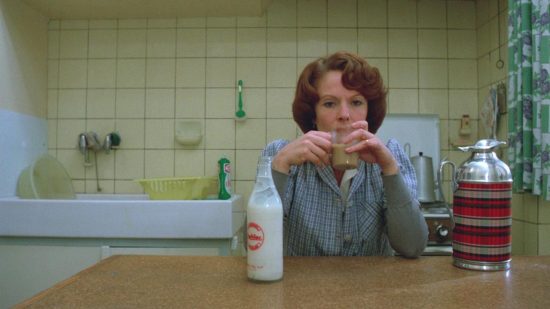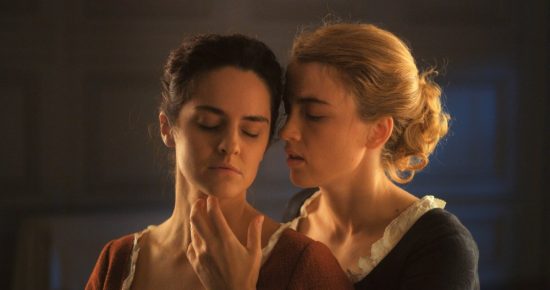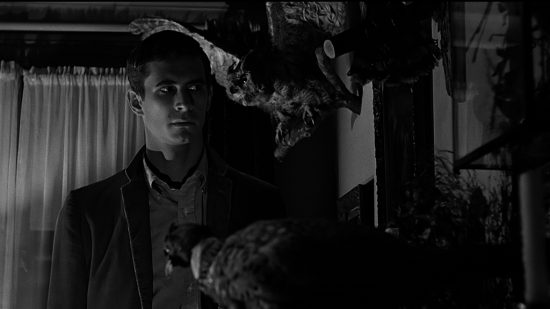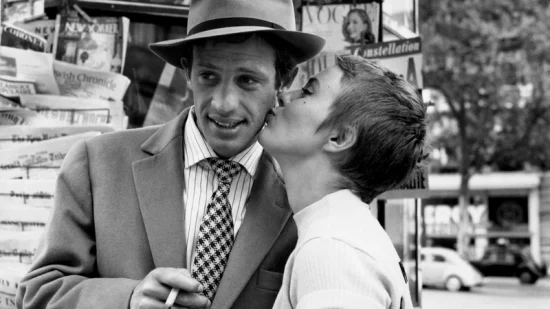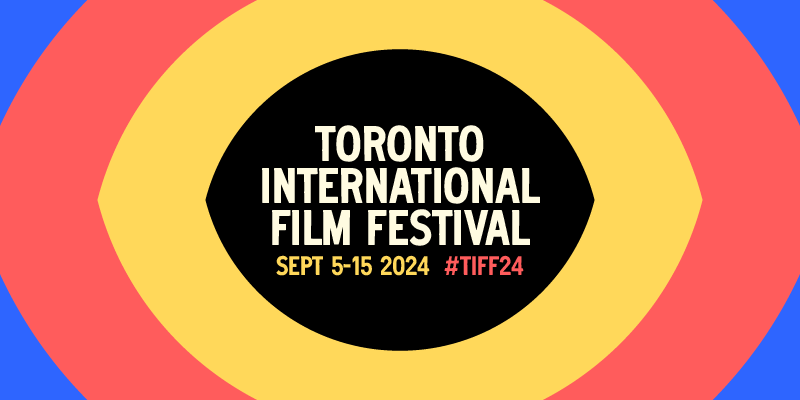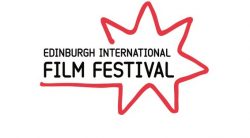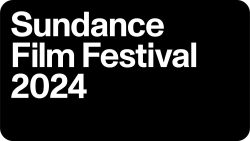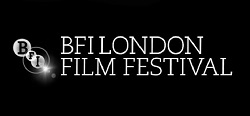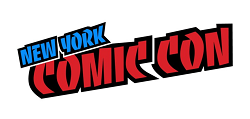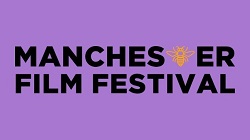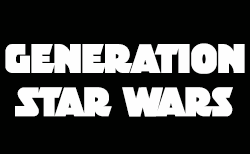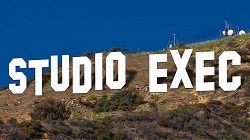Who is Jeanne Dielman? or How to get the most out of the Sight & Sound Poll
Is film criticism elitist? Almost definitely, an opinion only exacerbated by the release of the latest Sight & Sound Best Films of all Time poll. The poll comes out once a decade, as a barometer of the direction critical film appreciation is leaning. The voters (1600 international critics, directors and film industry bods) veer towards films that show a combination of filmmaking and narrative innovation. This translates into a list full of pretentious-looking complex films not always in the English language, and yet there is something here for everyone. Because film itself is not elitist. Whether you’re a cinephile (carefully curating what you watch to your personal taste), a cinephage (a voracious film consumer who’ll watch everything) or a casual viewer, there’s something in the Poll for you. Here are some film recommendations and where to find them.
Gateway Drugs
Let’s start with the films that demand the least commitment. Alfred Hitchcock’s scripted films appears on this list more than any other director’s for a reason. Hitchcock’ films are pioneering, gripping and most importantly, easy to watch. The higher up the list his films appears, the more complex the plot. Start with North by North West (in the lowest position, at 45 on the list), which is basically a Bond film, and is often on BBC iPlayer (currently rentable from multiple streamers).
Or, if you want a gentle comedy that belies its maker’s genius, watch Buster Keaton’s Sherlock Jr (54) on Freevee.
Some of the uproar on what has made the list comes from the addition of films made in the last few years, but I think they each deserve a place. If you have streaming subscriptions then Portrait of a Lady on Fire (30, French) and Get Out (95) are both on Netflix right now and Moonlight (60) is on iPlayer. All of these films speak to the current landscape of cinema – which is more diverse and modern.
If you have a natural aversion to foreign cinema, the easiest way in is through animated films. Japanese master Hayao Miyasaki’s hand-drawn My Neighbour Totoro (72, available dubbed, and my favourite film) is less than 90 minutes long. And if you like that, Spirited Away (71) is Totoro’s more grown up neighbour. They’re both currently on Netflix.
I don’t have time for this!
If you’ve seen the above films, or they sound like too much commitment, there are a few shorts hiding in plain sight. The inspiration for 12 Monkeys, La Jetée (67) is 28 minutes of photo slideshow about time travel that’ll guarantee to make you feel smarter. Similarly, Meshes of the Afternoon (16) can be found here. It’s less than 15 minutes and a eerily amusing!
I only watch horror
The last few years have seen an explosion in the horror genre. There’s actually plenty of horror in the Poll results, but the films are less gory and more about getting in your head. The Shining (88) and Psycho (31) are the most traditional horrors on the list. If you think Hell is other people, try Jean Renoir’s La Regle du Jour (13, in French), a study of upward mobility currently on BFI player. If you dread Sunday nights, give The Red Shoes (67) a go, which is a grand opus about a woman’s obsession with perfecting her talent (currently free on the itv app). And if you want the hairs on the back of your neck to prick up then Night of the Hunter (25) is your best bet, a gorgeous and creepy noir that’ll get your blood pumping.
The 70s were the greatest, maaaan!
Regularly considered the greatest decade for film innovation, many movies from the 1970s feature on the Poll. This decade allowed filmmakers to experiment and process their earlier experiences of poverty and war, producing breathtaking filmmaking. List entries include your cinephile staples Taxi Driver (29 – 1976) on Netflix and Apocalypse Now (19 – 1979). If you’re feeling more expansive try Touki Bouki (66 – 1973 in Wolof) a study of French-African colonialism for free here and The Spirit of the Beehive (84 – 1973) about childhood in the shadow of Post-Franco ruled Spain. These films are not easy watches but they are rewarding.
Look, I just want to sound smart
I do not believe that Jeanne Dielman, 23, Quai du Commerce, 1080 Bruxelles (1) is the greatest film of all time, BUT, this film is in the right slot. It is so much more than meets the eye and shows how the Poll results serve the BFI’s primary purpose, to throw an equalising light on a film that rarely gets its due. If you don’t want to spend three hours watching it, here’s what you need to know. Made by Chantal Akerman (also in the 70s), it’s length is essential to its message about the mundanity of a mother’s life in that period of time. If that doesn’t grab you, Jeanne Dielman is also about sex as a commodity and what happens when someone just snaps. Whether people watch it is moot, the fact that you’re reading about it is a good thing for cinema. It allows us to consider what else might be out there that we’ve never heard about in our current era of easy access to home viewing, and it breeds discussion on what the greatest film means.
Some other seemingly highbrow picks that are easier to digest than they look include: Sunrise: A Tale of Two Humans (11). This is a perfect silent film of 95 minutes using film techniques far beyond its years (made in 1927) which is free on Freevee. It also won an appropriately named Academy Award (Best Unique and Artistic Picture) and it’s a fun watch. In the Mood for Love (5, in Cantonese) is a simply stunning film about forbidden love, both captivating and visually beautiful.
There are also some cheat codes to understanding this list. Some filmmakers deserve a place because they invented techniques that we now see as commonplace. There are technical innovators: Hitchcock and his dolly zoom in Vertigo (2), Orson Welles’ chiarascuro techniques in Citizen Kane (3) or Fritz Lang’s M (36, in German) which uses sound to tell the story. Then there are the movement gurus. If you hear the words ‘french cinema’ you’re probably imagining a Jean-Luc Godard film, who pioneered new wave (i.e. the toxic passion of cool, unhappily married men and their paramours on surreal technicolour adventures). His entries À bout de Souffle (38) and Pierrot le Fou (84) both on BFI Player, are the basis of today’s European alcohol adverts.
I’m feeling brave
Finally, let’s look at some of the list’s harder sells: Andrei Tarkovsky has three films featured in the Poll, all contemplative works about the nature of humanity. This sounds more like a slog than a good time at the movies. His Andrei Rublev (67, in Russian) is divided into eight chapters so can be watched like a box-set TV show. Be warned, it is in black and white and entirely in Russian, but it’s a spectacular visual piece with a superior final shot (oh, and it features lots of naked bodies). Or how about Akira Kurosawa’s Rashomon (41, in Japanese) the film that codified the idea of an unreliable narrator. Another film of less than 90 minutes duration, it’s tragic and oddly funny and the origin of a trope used in thousands of other films today. The Leopard (90, Italian) is a sweeping, long Italian family melodrama which has everything from war to ballroom dancing.
For me personally, the hardest film on the list to wade through was Battleship Potemkin (54, silent and free on YouTube), but even that has moments of beauty. Each of the films on The Sight & Sound Poll has something to recommend it and most of them are easier to come by than ever before, so why not give them a chance?

